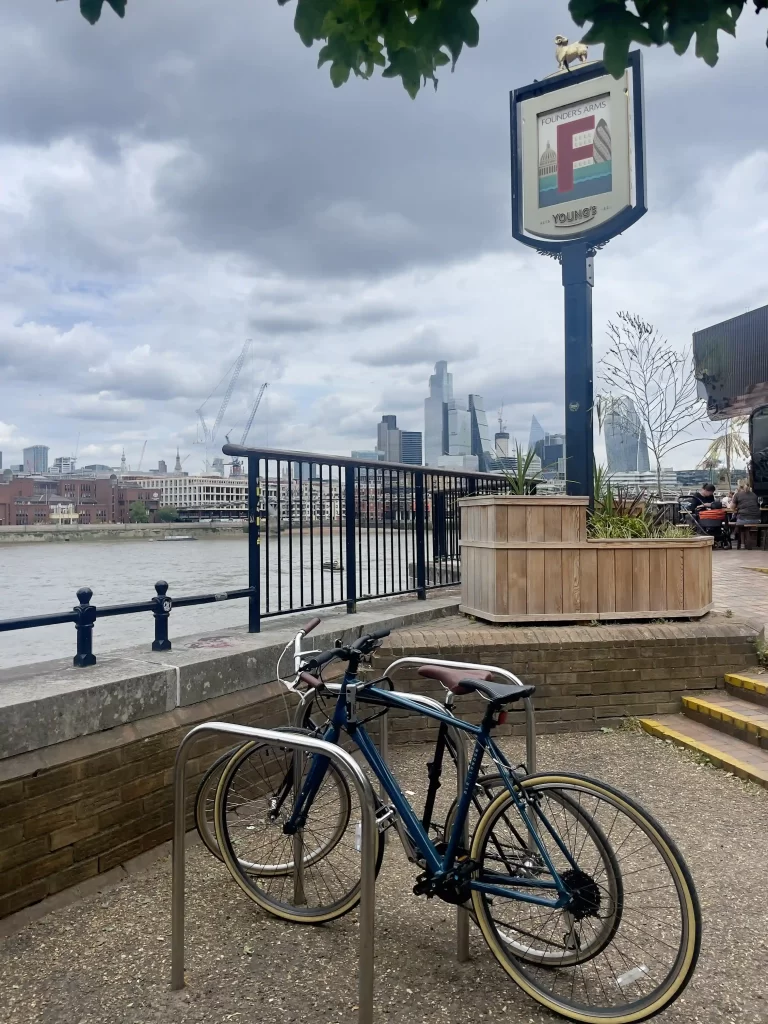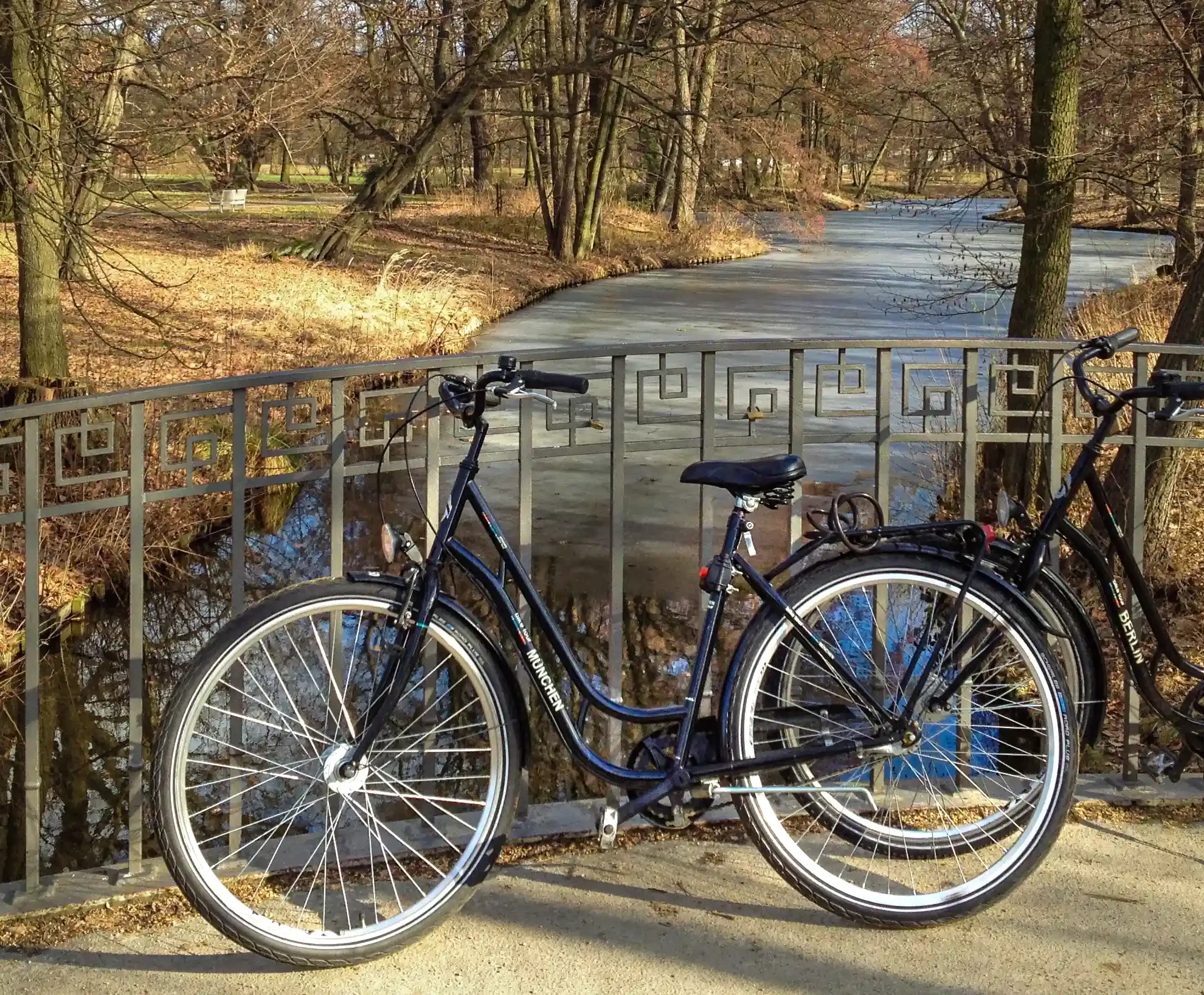Starting cycling can be an exhilarating experience, but when it comes to buying your first bicycle, the vast array of choices can seem overwhelming. Whether you’re looking to improve your fitness, join the local cycling community, or simply enjoy leisurely rides through the park, selecting the right bicycle is crucial for a rewarding cycling journey. This comprehensive beginner’s guide is tailored to help you navigate the process of buying your first bicycle, ensuring you make an informed decision that aligns with your cycling goals and preferences.
1. Define Your Cycling Goals
Understanding your primary purpose for cycling is the first step in narrowing down your bicycle options. Are you aiming for speed on paved roads, planning to conquer rugged trails, or seeking a versatile bike for mixed terrains? Road bikes are designed for speed on asphalt, mountain bikes for off-road trails, and hybrid bikes offer a balance for those who plan to explore a variety of surfaces. Identifying where you’ll spend most of your cycling time is essential when buying your first bicycle.
2. Establish a Budget
Budgeting is an indispensable aspect of buying your first bicycle. While it might be tempting to choose the least expensive option, it’s important to consider the long-term value. A slightly higher investment can significantly enhance durability, comfort, and your overall riding experience. However, it’s also crucial not to overspend on advanced features you may not need as a beginner. Setting a flexible budget that reflects your commitment to cycling will guide you in finding the best value.
3. Choose the Right Frame Material
The bicycle frame impacts the bike’s weight, strength, and cost. Common materials include aluminum (light and affordable), carbon fiber (light and strong but pricey), and steel (durable and comfortable). Your choice should depend on your priorities, whether it’s the lightness for speed, strength for rugged use, or durability for long-term use when buying your first bicycle.

4. Prioritize Size and Fit
The importance of a well-fitting bicycle cannot be overstated—it’s vital for comfort, efficiency, and injury prevention. Ensure you get a professional fitting at a bike shop or refer to manufacturer size charts if you’re shopping online. Test rides are invaluable for assessing how well a bike fits your body.
5. Consider Gearing Options
Gearing is particularly relevant for beginners, especially if you’ll be riding in hilly areas. Bicycles with a wide range of gears make climbing easier and can be more forgiving as you build your cycling fitness. When buying your first bicycle, look for one that offers the versatility to match your growing skills and endurance.
6. Evaluate the Braking System
Brakes are a key safety feature, affecting stopping power and maintenance needs. Rim brakes are common and easier to replace, while disc brakes provide consistent performance in all conditions but may require more upkeep. Consider your riding conditions and how willing you are to maintain the bike when buying your first bicycle.
7. Look at Tires and Wheels
Tire selection should reflect your intended riding terrain. Thicker, knobbier tires suit off-road adventures, whereas thinner, smoother tires are better for speed on pavement. Also, consider wheel durability and repairability, especially if you plan to ride on rough terrains.
8. Factor in Accessories and Potential Upgrades
When buying your first bicycle, also account for the cost of essential accessories like helmets, locks, and lights, as well as potential upgrades to components like the saddle or pedals to enhance comfort or performance. Also, you can consider if an electric bike is more suited to your needs if you find uphills very intimidating.
Buying your first bicycle is a significant step towards embracing a more active and adventurous lifestyle. By carefully considering your cycling goals, budget, frame material, size, gears, brakes, tires, and accessories, you’re well on your way to selecting a bike that will be a reliable companion on your cycling adventures. Remember, the best bicycle for you is one that fits well, meets your needs, and most importantly, inspires you to ride. Happy cycling!
